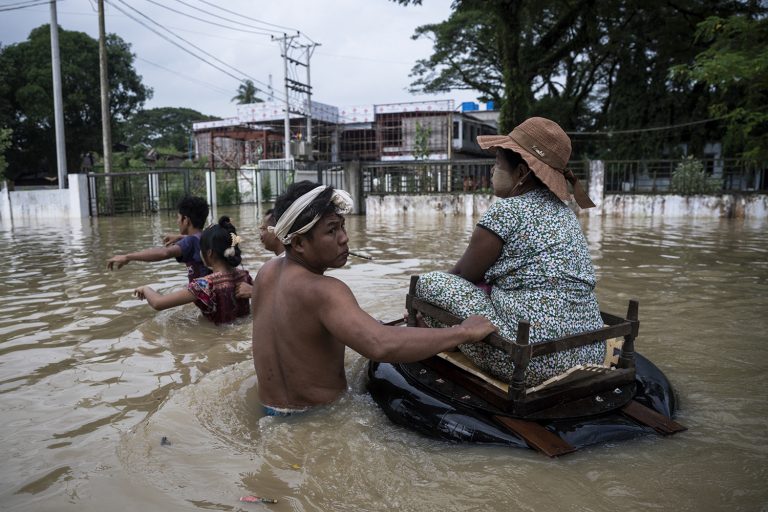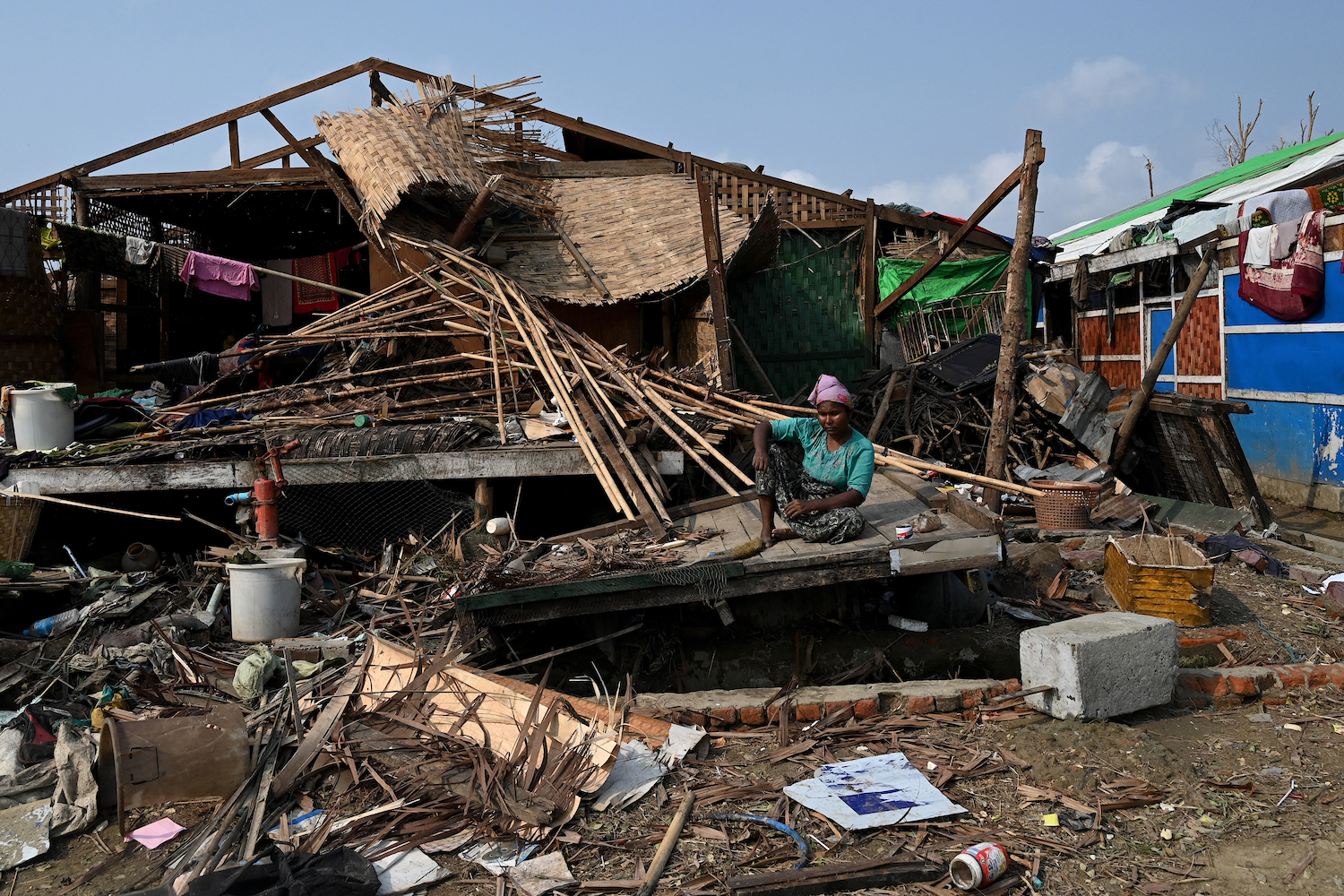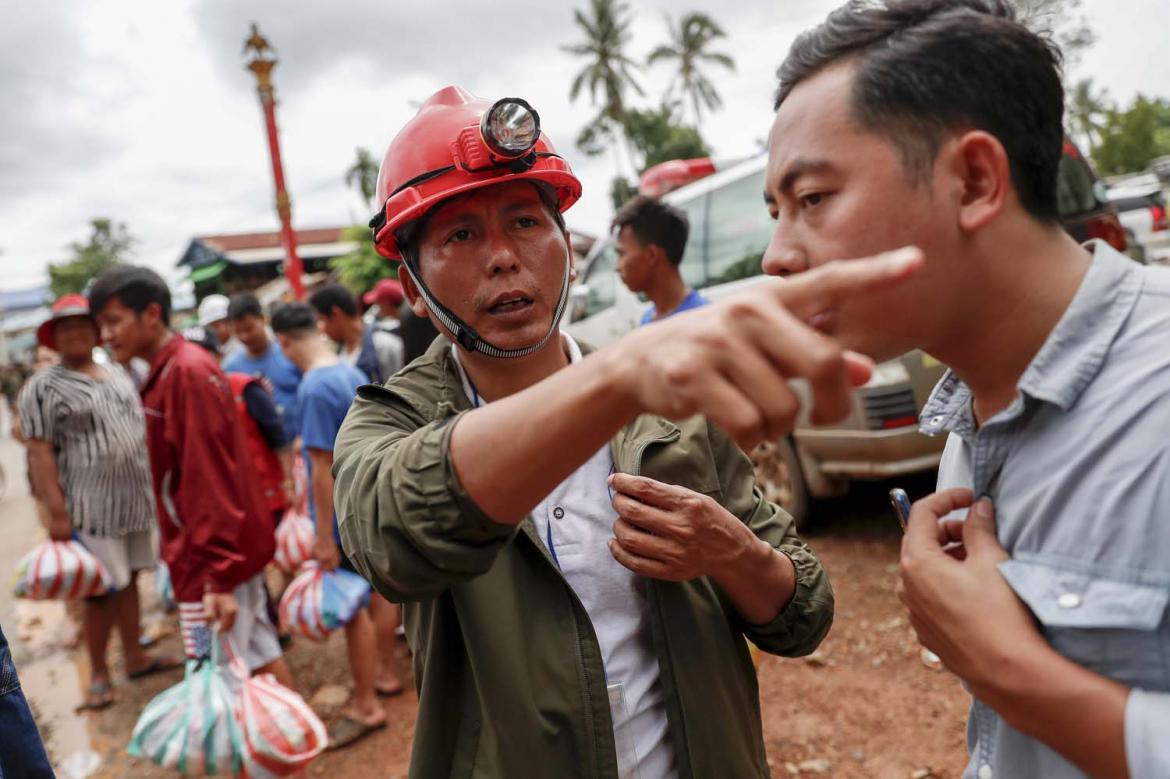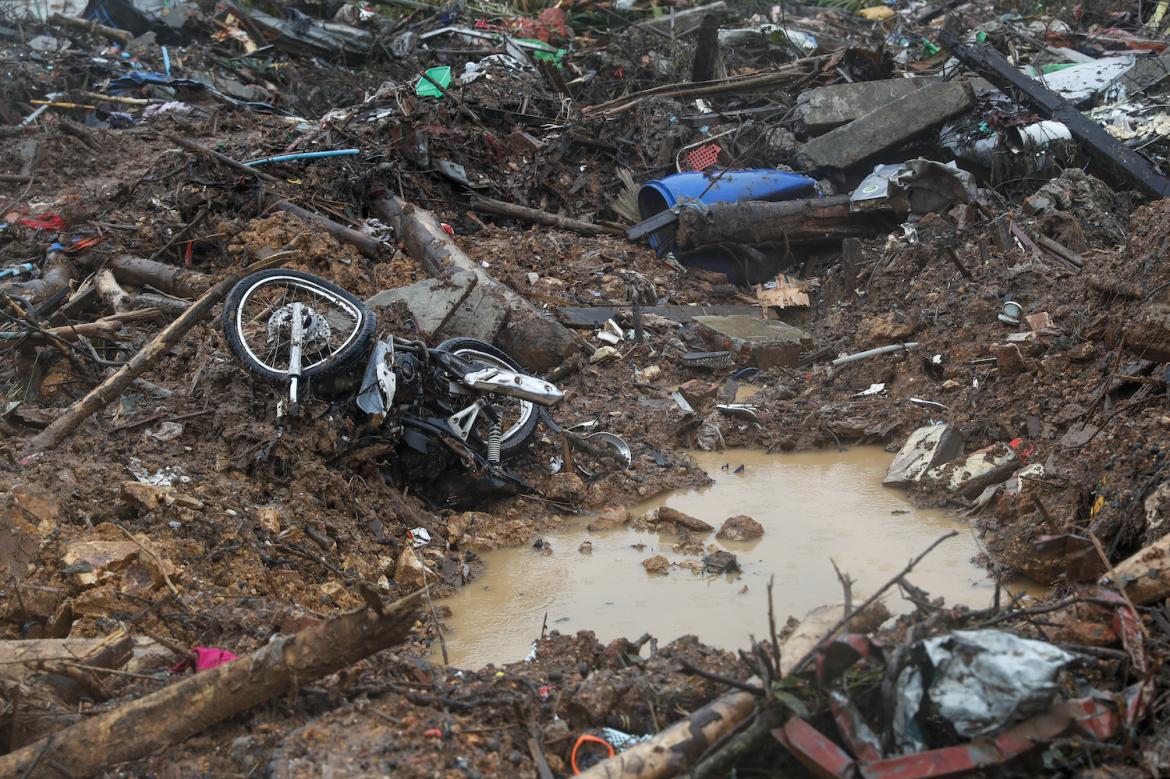In the wake of Myanmar’s floods crisis, private charity is no substitute for government action.
The force of nature can hardly be overestimated, as extreme monsoon weather has demonstrated in recent days and weeks. Floods and landslides have wrought havoc in 11 of the country’s 14 states and regions.
Rakhine State, already battered by prolonged strife, was hit hard by Cyclone Komen. In Mrauk-U many houses were submerged. Civil society workers said 40 villages around the state’s Minbya Township were underwater. The Myanmar Times reported that 12 people died when a boat capsized on nearby Nga Zin Creek.
The scale of the flooding has made it difficult for international humanitarian organisations such as UNOCHA to launch relief operations using their own boats. Instead they have had to rely on bigger government boats, hampering their ability to access some of the worst-affected areas.
In Chin State and Sagaing Region thousands of people have been affected by the oods, but the exact number remains unknown.
President U Thein Sein has said that he is learning many lessons from trying to cope with the natural disaster. He should have learned these lessons seven years ago, when Cyclone Nargis devastated the Ayeyarwady Delta, killing about 140,000 people.
Support more independent journalism like this. Sign up to be a Frontier member.
At the time U Thein Sein was chairman of the National Disaster Preparedness Central Committee, tasked to oversee relief efforts after the cyclone. The response to the deadly cyclone was appalling, with the junta blocking foreign aid efforts because it wanted to avoid disrupting a referendum on the new constitution. The aid blockade resulted in thousands of preventable deaths.
To be fair, the Irrawaddy reported that U Thein Sein, the then Prime Minister, drew the ire of Senior General Than Shwe when he urged him to permit international aid into the area. The dictator didn’t budge. Apparently he thought the army was doing a fine job.
For now, the relief effort bears many hallmarks of May 2008. After Nargis thousands of cars and trucks streamed out of Yangon every day, carrying people with relief supplies for distribution among their fellow citizens. The convoys of impromptu aid workers to the disaster area were heartwarming, but they did not make up for government inaction and incompetence.
The Myanmar people are again showing that although their wallets might be small, their hearts are big. Once again it’s big private companies such as KBZ Group, Max Myanmar and Yathar Cho Industry who are taking the ball and running with it.
The state-run Global New Light of Myanmar might print a lot of articles showing parliament speaker Thura U Shwe Mann and President U Thein Sein cuddling babies at relief camps and handing out clothes, bottles of drinking water and medicine, but what is needed is a big, coordinated and fast relief operation.
Let’s hope the government follows suit and allows international aid and aid workers to provide help when it is urgently needed.
Criticism is mounting that the government’s response to the disaster has been too little, too late. The reserves of aid supplies have proved to be inadequate, raising questions about the adequacy of disaster preparation and response measures.
The flood crisis could not have come at a worse time for the government. A response regarded as weak and slow could have serious consequences for the ruling Union Solidarity and Development Party in the November 8 election.
Some suggest a postponement is a possibility. But the decision to proceed with the May 8, 2010 referendum in most of the country after Cyclone Nargis makes it hard to imagine how any such move could be defended now, when some of the same people are in power.






